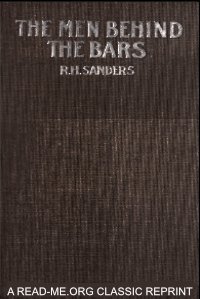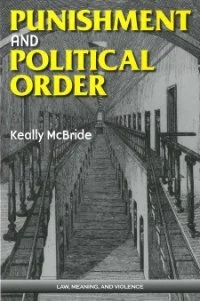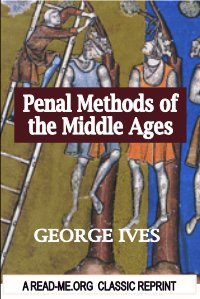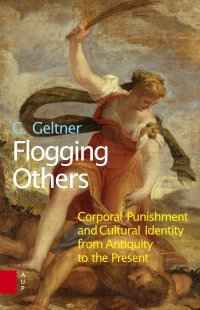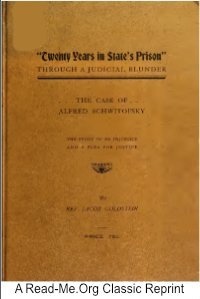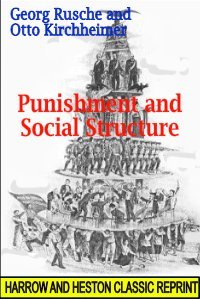By Karl Nitsche, and Paul & Wilmanns.
This work brings the reader to the present-day view-points with reference to the prison psychoses through the medium of a historical review of their development in the German literature. Such a work should be welcomed by all who are interested in the problems of psychopathology and particularly those who long for more rationalistic methods of dealing with the criminal and with all of the problems of criminology. Nervous and Mental Disease Monograph Series No. 13 .
Journal of Nervous and Mental Disease (1912) 104 pages.



